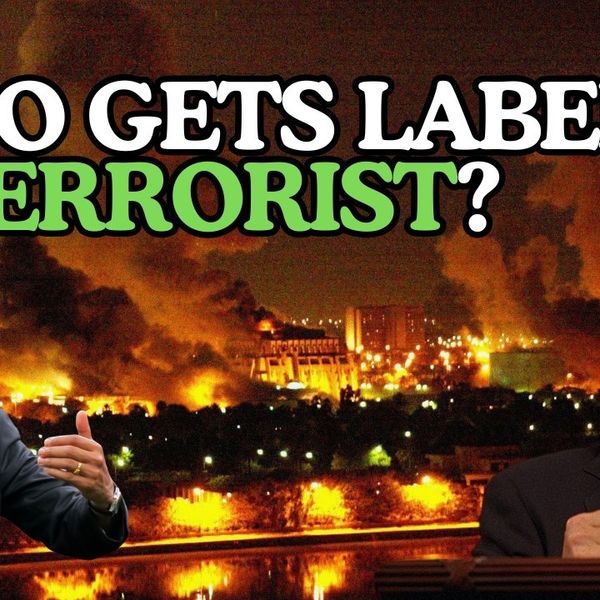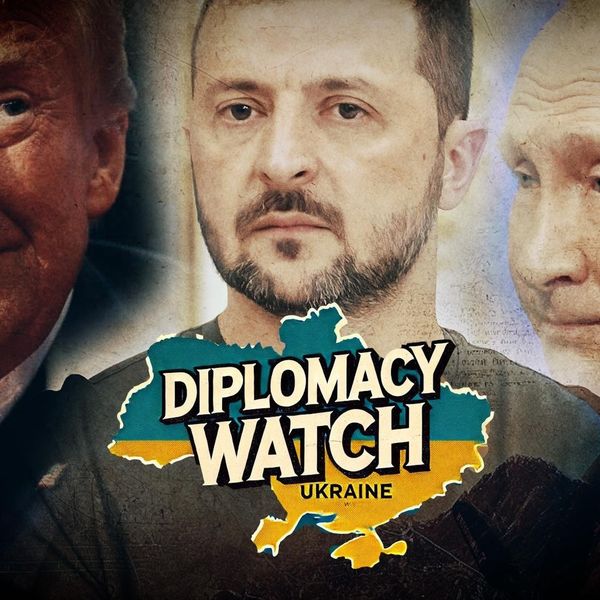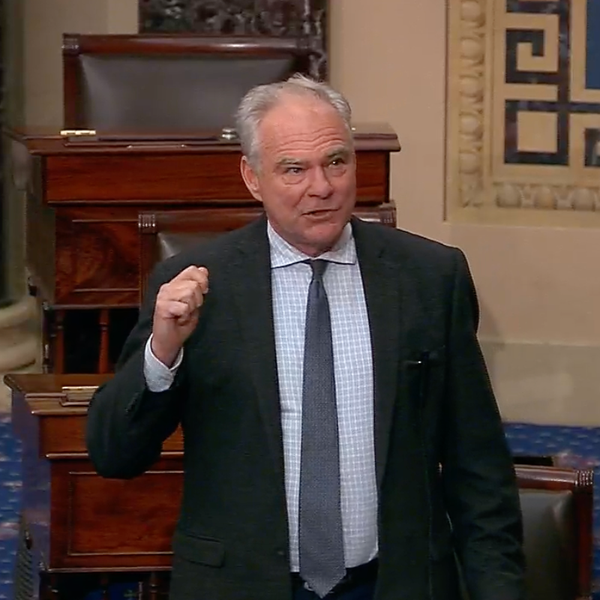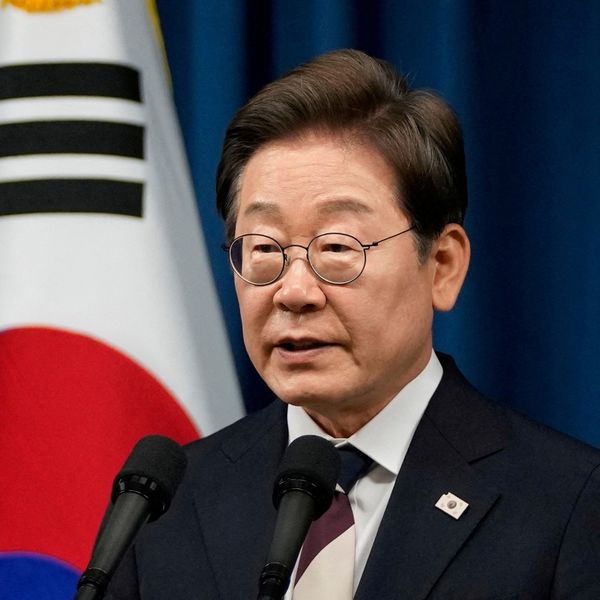Iranians across the world, joined by communities in countries as diverse as Afghanistan, Armenia, Azerbaijan, India, Iraq, Kazakhstan, Kyrgyzstan, Pakistan, Tajikistan, Turkey, Turkmenistan and Uzbekistan, are celebrating the beginning of Persian New Year and the arrival of spring.
Nowruz is a set of festivities that mark the Vernal Equinox and the commencement of the solar calendar year. The ancestral feast is believed to be 3,000 years old, and is inarguably the most revered holiday of Iranians reinforcing their national identity and giving them a rare chance to feel proud of their history and culture at a time their country is effectively a pariah state shunned by friends and foes alike. For millions of Iranians living outside the country, Nowruz is an occasion to bolster ties with the motherland and profess their cultural distinction.
Nowruz is recognized by UNESCO as an Intangible Cultural Heritage of Humanity, and in 2010, the United Nations declared March 21 as the International Day of Nowruz.
Aside from its cultural gravity, Nowruz is viewed by world leaders, even in countries where it is not a national holiday, as an opening to promote dialogue and partnership and project soft power — or in other words, Nowruz diplomacy.
Nowruz diplomacy
Since he took office 2009, President Barack Obama sent televised Nowruz messages annually until stepping down in 2017. Obama’s video messages by and large addressed the Iranian people and leadership, and in most of them, he talked of his desire to forge better, more cordial relations with Iran.
His tone was always respectful, and the messages usually started with an appreciation of Nowruz, a homage to spring and an emphasis on the imperativeness of family reunions that happened during Nowruz. Subsequently, he would go on to provide solutions for the settlement of longstanding disputes dividing the two countries.
In 2009, for example, he extolled Nowruz as a valued, ancient festival: “I would like to speak directly to the people and leaders of the Islamic Republic of Iran. Nowruz is just one part of your great and celebrated culture. Over many centuries your art, your music, literature and innovation have made the world a better and more beautiful place.”
“Here in the United States,” he continued, “our own communities have been enhanced by the contributions of Iranian Americans. We know that you are a great civilization, and your accomplishments have earned the respect of the United States and the world.”
President Obama then touched upon the differences pitting the two nations against each other and offered a path forward: “My administration is now committed to diplomacy that addresses the full range of issues before us, and to pursuing constructive ties among the United States, Iran and the international community.”
“This process will not be advanced by threats. We seek instead engagement that is honest and grounded in mutual respect,” Obama added.
In addition to sending emotional appeals and inspiring messages on the occasion of Nowruz, President Obama usually instructed the White House and the State Department to throw Nowruz parties, set Haft-Seen tables and invite members of the Iranian American community to celebrate.
In 2016, the First Lady Michelle Obama hosted a large Nowruz banquet and invited the renowned Iranian American stand-up comedian Maz Jobrani to perform for the attendees.
Other world leaders also made their own contributions to Nowruz diplomacy. Canadian Prime Minister Justin Trudeau has often used the opportunity to reach out to the Iranian Canadian community, wish them health and happiness, and also review some political developments of the day.
Nowruz at home
In Iran, the birthplace of Nowruz, however, the feast is not held in high esteem by the authorities, and they are mostly the individual Iranians and families who endear the ancient ceremony, safeguarding it against oblivion and extinction.
In the past four decades, religious hardliners have implicitly and explicitly bent over backwards to eliminate or at least marginalize Nowruz, because of its roots in Zoroastrianism and since it’s a secular tradition that does not comply with the state’s orthodox version of Islam and the ideological praxis it proselytizes.
It’s uncommon to see Haft-Seen tables spread by the Supreme Leader or the president when they appear on state TV to deliver their New Year messages. The clerical leadership evidently interprets Nowruz as a deviation from the religious principles that constitute the basis of the Islamic Republic, the same way it considers any instance of nationalism aberrant.
“If there are people who wish to propel this Nowruz, with its religious roots, toward nationalism, this is the same as the shameful 2,500 royal celebrations [run by the former King Mohammad Reza Pahlavi]. This is beneath the dignity of the Iranian nation. Yes to religious Nowruz. But imitating others is false and wrong,” said Ayatollah Ahmad Khatami, a senior cleric and Tehran’s Friday prayers leader in 2012.
Ayatollah Naser Makarem Shirazi, a high-ranking Shia cleric close to the establishment with thousands of followers across Iran, has on different occasions in the recent years begrudged people’s adherence to the rites of Nowruz, including traveling overseas for vacations, calling certain Nowruz traditions such as the Festive Wednesday “superstitious.”
Iran has contemporarily developed the reputation of a country in which ideologic dogmas overrule national interest and the priorities of the people. By whittling away Nowruz, the Iranian authorities forfeit exceptional prospects for integration and solidarity with nations which maintain shared roots with Iran, including a common language. They also wear away their people’s cultural belongings and sovereignty and parade their failure to protect a monumental legacy of humanity, which they have actually inherited.
Nowruz diplomacy is gaining currency internationally, and more countries are coming to acclaim this time-hallowed festivity. This year, the Albanian Ministry for Europe and Foreign Affairs extended greetings on the occasion of Nowruz. In Albania, the Bektashi community and other Muslims have historically observed Nowruz.
Still and all, within the borders of Iran, they are only the Iranian families enamored of their culture and yearning for a reason to be joyful who continue to promote the ethos of Nowruz. At the government level, the festive occasion is not a priority for investment, neither for its diplomatic advantages, nor for its cultural significance, and this is deeply unfortunate.















